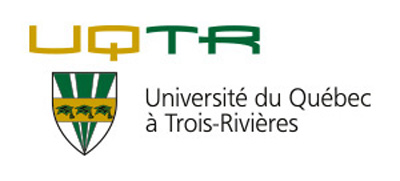Related projects
Discover more projects across a range of sectors and discipline — from AI to cleantech to social innovation.
Mitacs brings innovation to more people in more places across Canada and around the world.
Learn MoreWe work closely with businesses, researchers, and governments to create new pathways to innovation.
Learn MoreNo matter the size of your budget or scope of your research, Mitacs can help you turn ideas into impact.
Learn MoreThe Mitacs Entrepreneur Awards and the Mitacs Awards celebrate inspiring entrepreneurs and innovators who are galvanizing cutting-edge research across Canada.
Learn MoreDiscover the people, the ideas, the projects, and the partnerships that are making news, and creating meaningful impact across the Canadian innovation ecosystem.
Learn MoreGreenhouse gas (GHG) emissions contribute to a global warming trend associated with climate change. Methane is a potent GHG with a global warming potential 25 times that of Carbon Dioxide over a 100-year period. Gas migration /Surface casing vent flows from subsurface to surface is a well-known issue; however, characterizing the source zone(s) for stray gases from production, injection, and observation wells is an ongoing challenge in the oil/gas industry. Accurate identification of source zone is critical to ensure well repairs or other mitigative actions are effective in preventing release of such gases to the atmosphere. Geochemical approaches based on gas compositions and stable isotope ratios are widely used in conventional operations; however, high temperatures associated with thermal operations complicate identifying the origin of stray gases. This project will develop advanced geochemical tools to definitively identify sources of gases produced from steam-assisted gravity drainage operations, reducing GHG emissions.
Scott Mundle
Karlynne Dominato;Neda Mashhadi;Kelsey Friesen
Devon Canada Corporation
Biochemistry / Molecular biology
Mining and quarrying
Accelerate
Discover more projects across a range of sectors and discipline — from AI to cleantech to social innovation.
Find the perfect opportunity to put your academic skills and knowledge into practice!
Find ProjectsThe strong support from governments across Canada, international partners, universities, colleges, companies, and community organizations has enabled Mitacs to focus on the core idea that talent and partnerships power innovation — and innovation creates a better future.













































































































































































































































































































